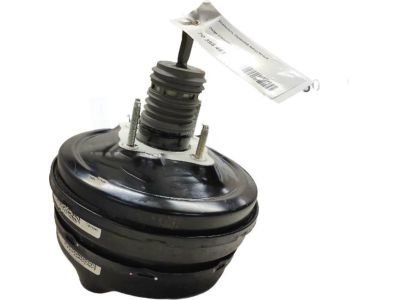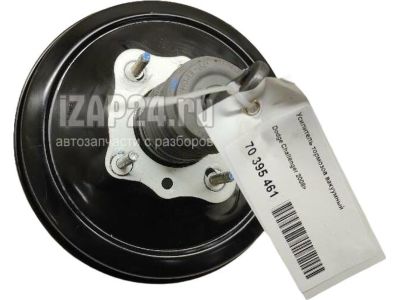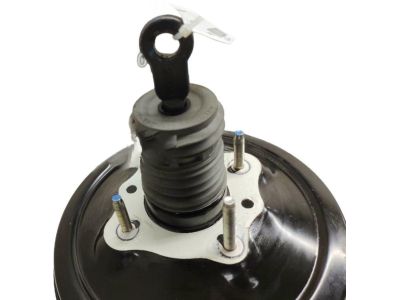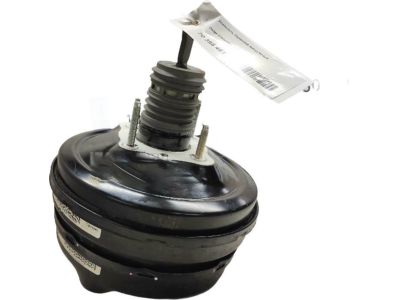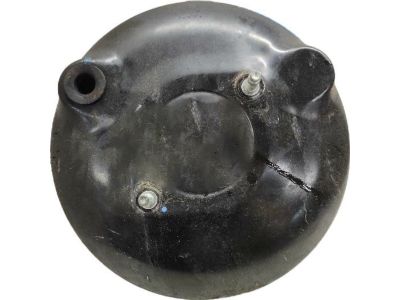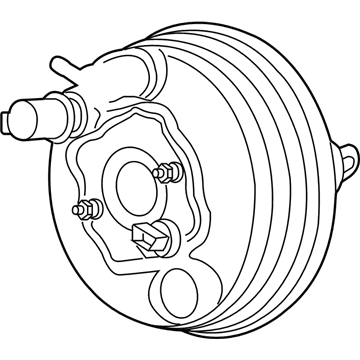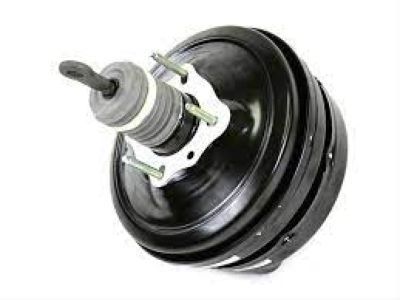
My Garage
My Account
Cart
Genuine Dodge Challenger Brake Booster
Brake Power Booster- Select Vehicle by Model
- Select Vehicle by VIN
Select Vehicle by Model
orMake
Model
Year
Select Vehicle by VIN
For the most accurate results, select vehicle by your VIN (Vehicle Identification Number).
7 Brake Boosters found

Dodge Challenger Booster-Power Brake
Part Number: 68048544AA$322.26 MSRP: $414.00You Save: $91.74 (23%)Dodge Challenger Booster-Power Brake
Part Number: 68089130AB$186.75 MSRP: $277.00You Save: $90.25 (33%)


Dodge Challenger Brake Booster
The Brake Booster in Dodge Challenger cars is one of those parts that are minute but can significantly improve the performance of the car by easing the operation of the brake pedal. This device mainly employs negative pressure, which means that it takes advantage of a vacuum produced by the engine to increase pressure applied to the brake pedal with a view of enhancing the braking systems. To do that, the various components of the Dodge Challenger models may vary depending on the type of Brake Booster it comes with, namely the Vacuum Brake Boosters and Hydraulic Brake Boosters. In vacuum brake booster, the engine vacuum is used whereas in hydraulic boosters pressure from power steering pump is used. The main difference between them is the functional implementation where vacuum boosters are totally reliant on the state of the engine. However, the Brake Booster plays a vital role in delivering good and reliable braking standards on Dodge Challenger cars.
Looking for affordable and high-quality auto parts? Then you have already arrived at the proper online shop. We offer all Dodge Challenger Brake Booster at great affordable prices. Moreover, all genuine Dodge Challenger Brake Booster come with a manufacturer's warranty. In the long run, you would realize you have saved a lot of trouble and money with OEM parts from here.
Dodge Challenger Brake Booster Parts Questions & Experts Answers
- Q: How to remove and install Brake Booster on Dodge Challenger?A:Vehicle models equipped with an Anti-lock brake system (ABS) will have either the MK25 or MK25E factory systems installed. The MK25, an earlier ABS system, can be identified by a pressure sensor mounted to the bottom of the master cylinder, while the MK25E, a later system, does not have this sensor. To check the operation, depress the brake pedal several times with the engine off to ensure no change in pedal reserve distance, then start the engine; a slight drop in the pedal indicates normal operation. For the airtightness check, start the engine and turn it off after one or two minutes, then depress the brake pedal slowly; if the pedal depresses less each time, the booster is airtight. With the engine off, press the brake pedal several times to remove any stored vacuum in the power brake booster, then move the driver's seat to the rearmost position and disconnect the cable from the negative terminal of the battery. Remove the windshield wiper motor and the Brake Master Cylinder, disconnect any electrical connectors attached to the power brake booster, and carefully disconnect the vacuum hose from the brake booster check valve. Inside the vehicle, remove the Brake Light Switch, pry the retaining clip off the brake pedal pin, and disconnect the booster pushrod. Remove the booster mounting fasteners and slide the booster straight out from the firewall. For installation, follow the reverse procedures, ensuring to replace the seal between the power booster and the firewall, tighten the booster mounting nuts to the specified torque, install a new retaining clip for the booster pushrod, and bleed the brake system before testing the operation of the brakes.
Related Dodge Challenger Parts
Browse by Year
2023 Brake Booster 2022 Brake Booster 2021 Brake Booster 2020 Brake Booster 2019 Brake Booster 2018 Brake Booster 2017 Brake Booster 2016 Brake Booster 2015 Brake Booster 2014 Brake Booster 2013 Brake Booster 2012 Brake Booster 2011 Brake Booster 2010 Brake Booster 2009 Brake Booster 2008 Brake Booster








